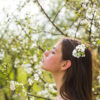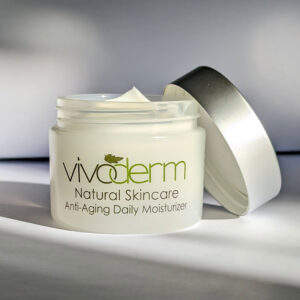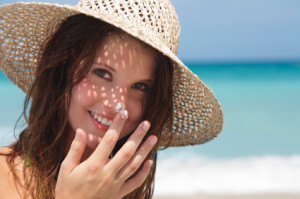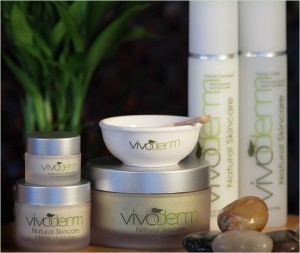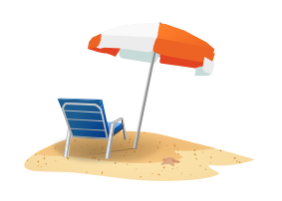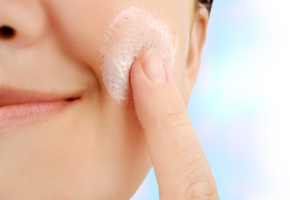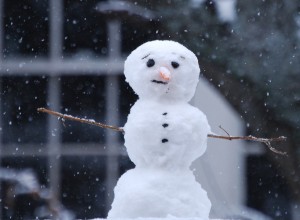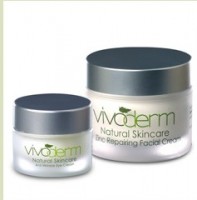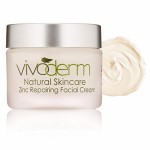
Protect Your Hands From Summer Sun
Protecting your hands with sunscreen is often overlooked, but it’s crucial for overall skin health.
Here’s why:
- Sun Damage: Hands receive significant sun exposure, leading to premature aging, dark spots, and wrinkles. The skin on your hands is thin and delicate, making it susceptible to UV damage.
- Skin Cancer Prevention: Sunscreen shields against harmful UV rays, reducing the risk of skin cancer, including melanoma and basal cell carcinoma. Consistent protection is essential, as cumulative sun exposure increases the likelihood of developing skin cancer.

- Even Skin Tone: Sunscreen helps maintain an even skin tone by preventing the formation of sunspots and hyperpigmentation. It preserves the youthful appearance of your hands by minimizing discoloration caused by UV radiation.
- Prevention of Premature Aging: UV exposure accelerates the aging process by breaking down collagen and elastin fibers in the skin. Sunscreen protects against this damage, keeping your hands looking youthful and vibrant.
- Moisture Retention: Some sunscreens contain moisturizing ingredients that help prevent dryness and maintain the skin’s natural barrier function. This is particularly beneficial for the hands, which are prone to dryness and roughness.
- Year-round Protection: UV rays are present even on cloudy days and during winter months. Incorporating sunscreen into your daily skincare routine ensures year-round protection against sun damage.
- Application Tips: Apply sunscreen liberally to the back of your hands, covering all exposed areas. Reapply every two hours, especially if you’re outdoors or engaging in activities that cause sweating or water exposure. Choose a broad-spectrum sunscreen with SPF 30 or higher for optimal protection.
- Daily Habit: Make sunscreen application on your hands a daily habit, just like brushing your teeth. Keep a travel sized bottle in your purse or car for easy reapplication throughout the day.
- Pair with Other Protection: In addition to sunscreen, consider wearing UV protective clothing, such as gloves, when spending extended periods in the sun. This provides an extra layer of defense against UV damage.
- Overall Skin Health: Taking care of your hands contributes to overall skin health and wellness. By prioritizing sunscreen usage, you’re investing in the long-term health and appearance of your skin.
BULLET POINTS
- UV Protection: Shield hands from harmful UV rays to prevent sun damage.
- Skin Cancer Prevention: Reduce the risk of skin cancer by applying sunscreen regularly.
- Even Skin Tone: Maintain an even complexion by preventing sunspots and hyperpigmentation.
- Anti-Aging Benefits: Combat premature aging by preserving collagen and elastin fibers.
- Moisture Retention: Keep your hands hydrated and smooth with moisturizing sunscreen formulas.
- Year-Round Defense: Apply sunscreen daily, regardless of weather or season.
- Proper Application: Cover all exposed areas and reapply every two hours for optimal protection.
- Daily Habit: Incorporate sunscreen into your daily skincare routine for consistent protection.
- Pair with Clothing: Combine sunscreen with UV-protective clothing, like gloves, for added defense.
- Overall Skin Health: Prioritize hand sunscreen to promote long-term skin health and wellness.





